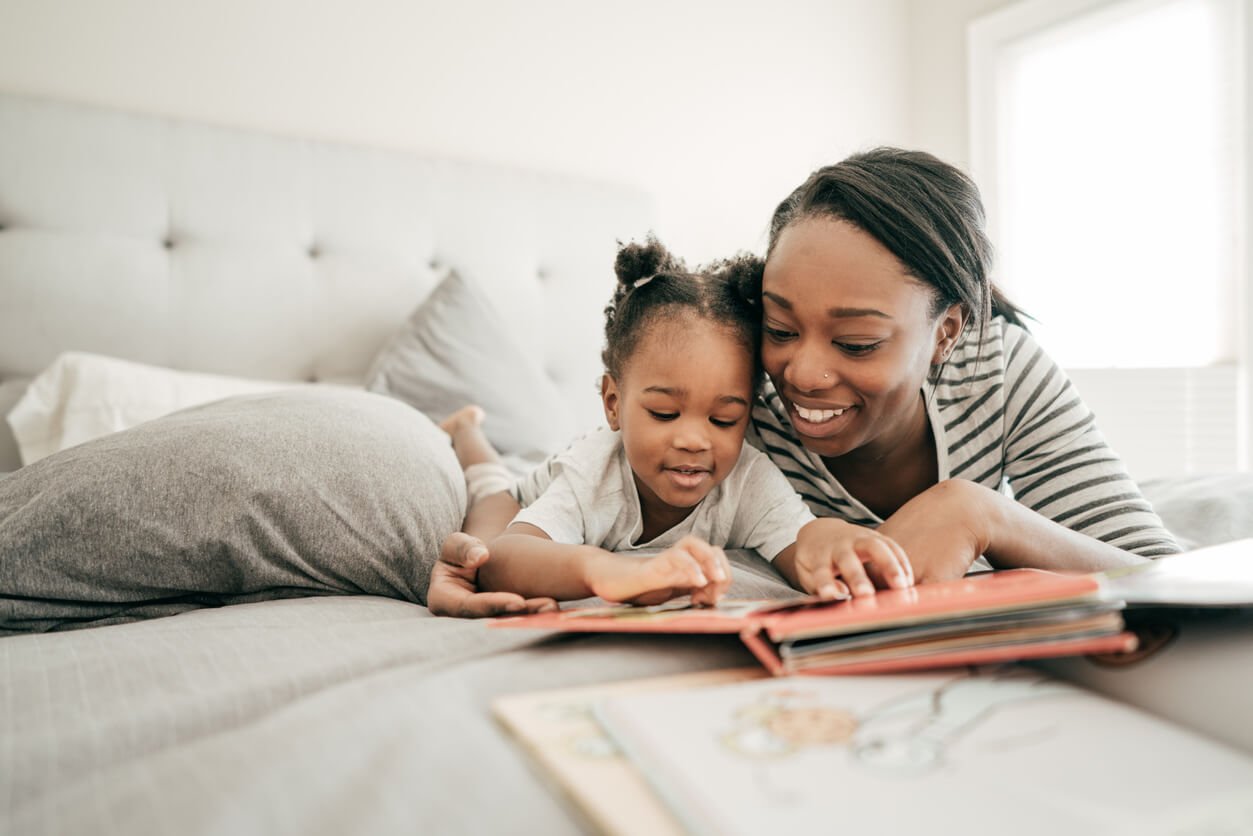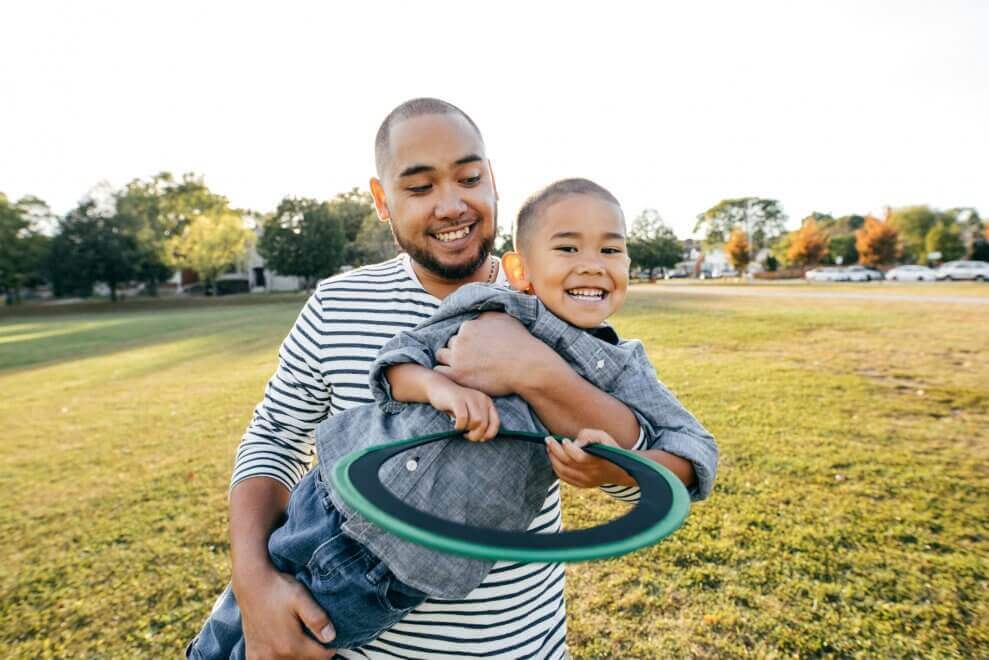Yes, I was that child. I would only eat one kind of bread. I refused to eat foods that were touching on my plate. My nickname was “noodle” because I could eat noodles anytime, anywhere (okay, that may still be true). It wasn’t until I was an adult that I realized that, for me, this was due to a heightened sense of smell and taste. So, when my journey as an SLP brought me to work with children with severe food restrictions, I learned along with them. I understood the anxiety these kids felt when presented with a new or non-preferred food, and I learned how to help decrease that anxiety in the simplest way: through play.
At MMCCCD, we talk a lot about play, the learning that takes place through play, the exploration and discovery. This is how kids learn and grow, and is does not need to include toys. The opportunity to play is all around us. You often hear “don’t play with your food.” But what if, at certain times, it is okay to have a little fun with your food? What if, instead of a battle to put a carrot on your child’s plate, it is a game? How much better for child AND parent! And better yet, it provides an amazing opportunity to work on language skills. The more we can teach kids language around what they are eating, the more confident and in control they will feel.
Here are some of my favorite fun food tips:
- If it is too stressful to try these during meals, try having a “taste picnic” during snack time. You pick out three foods, have your child pick out three foods.
- Always have a preferred food along with something new or non-preferred.
- The Crunch Game. Talk about soft vs. crunchy foods. Which foods have the biggest crunch? Who can crunch the loudest? Pretend to take a little nap (just closing your eyes and pretend snoring will make the giggles come) and have your child make a big crunch to wake you up! (Target words: loud/quiet, crunchy/soft, sleeping/awake).
- Don’t Eat My Bite Game. This is one of my kids’ favorites. I identify a bite of food on their plate (a piece of meat, noodle, pea, whatever) and may even put it on their fork. I let them know that it is my bite – DON’T eat it! But first, I have to take a sip of milk/bite from my plate, look behind me, you get the point – and when you turn your attention back, hopefully they ate the bite! It is fun to make a big deal about this. Where did it go? Who ate it? Is there a food bandit in the house? It’s a mystery… (Targets: “wh” questions, who, where, locations as you look for the bite under/behind the plate, fork, cup, etc.
- Add food coloring. Pick a color and add to foods. Talk about whether or not it changes the taste. Does it make foods taste the same? (It won’t, but fun to talk about!) This is fun to add to milk, pudding, yogurt, cottage cheese, applesauce, and more! (Targets: colors, same/different, light/dark, squeeze, stir, mix).
- Start small. Don’t heap a whole cup of peas on their plate. Try 2 or 3. Encourage step by step interaction. First smell the food. Does it have a big/little smell? Then tap it on your lips, how does it feel? Hot/cold? Smooth/bumpy? Tap it on your tongue – is it a big taste/little taste? And I have a rule that if they are trying a new food, it is always okay to spit it out if they need to.
For all these steps, it is important that you do this WITH your child. Show them the steps. Play and make it fun. And don’t present any foods YOU wouldn’t eat. Or if you do, they can help YOU!
Please note: There are many reasons for kids to be picky eaters, from medical to psychological that may require additional intervention. Please talk to your child’s doctor or speech language pathologist about any feeding concerns.
Nicole Lampi, M.A.,CCC-SLP







